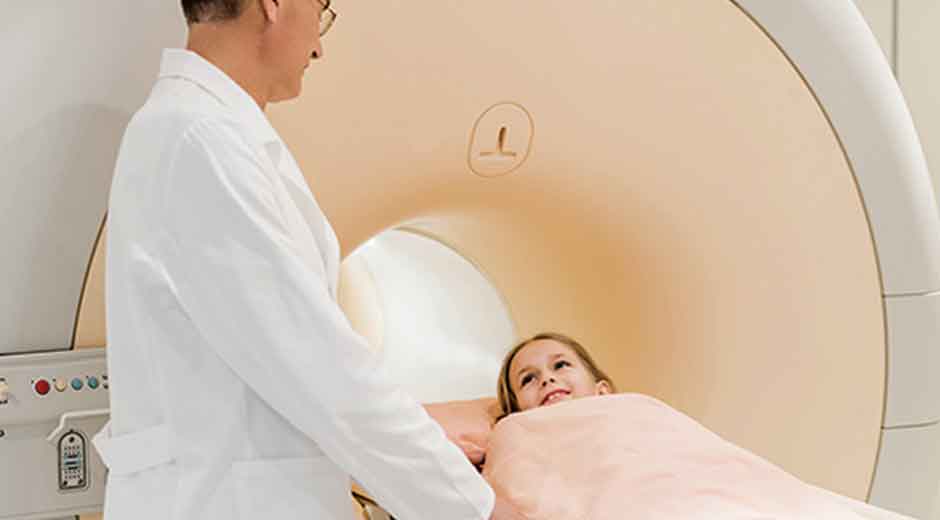How Pediatric Imaging Supports Diagnosing Digestive Disorders in Children

Pediatric imaging is a key part of medicine, especially when diagnosing health issues in children. It involves using different techniques to help healthcare providers identify diseases without the need for invasive procedures. If children experience ongoing digestive discomfort or other symptoms, imaging can provide the important insights needed for accurate diagnosis and effective treatment. Here is what pediatric imaging is, the digestive problems it can detect, and the various imaging methods available:
What is Pediatric Imaging?
Pediatric imaging specializes in medical imaging for children, ranging from newborns to teenagers. Unlike adult imaging, it may use techniques and equipment designed for smaller, developing bodies. Since children’s anatomy differs from adults’, specialized methods are employed to provide accurate results while reducing risks.
This type of imaging is invaluable because it provides detailed pictures of a child’s internal organs and systems. While physical exams can suggest areas of concern, imaging offers a clear view of what isn’t immediately obvious. Whether checking for structural issues or identifying other hidden conditions, pediatric imaging provides insights that help doctors make diagnoses.
What Digestive Issues Are Found?
Imaging helps uncover many conditions affecting the digestive system in children. These include structural, functional, and inflammatory problems, offering clarity in cases where symptoms alone don’t explain the situation. Understanding these potential issues highlights why imaging is a helpful tool.
For children with persistent symptoms such as abdominal pain, diarrhea, or weight loss, imaging may reveal conditions like Crohn’s disease or gallstones. Illnesses cause inflammation in the digestive tract, which imaging can detect with precision. Digestive blockages caused by swallowed objects, hardened stool, or growths are diagnosed using imaging techniques. Quick detection may enable timely intervention to restore function. By identifying these conditions early, imaging allows clinicians to make prompt decisions about next steps, ranging from observation to initiating specific treatments.
What Types of Imaging?
When it comes to assessing a child’s digestive system, several imaging methods are typically used. Each serves a distinct purpose, depending on the symptoms and suspected conditions. Below are some examples of imaging types that are used in pediatric care:
- X-rays: X-ray imaging is used for diagnosing intestinal obstructions or exposure to foreign objects. Its ability to quickly produce basic internal images makes it a helpful step in evaluating digestive disorders.
- Ultrasound: Ultrasound uses sound waves to create images, making it a safe option that does not expose children to radiation. It is used to examine organs like the liver or gallbladder, as well as to identify appendicitis or fluid buildup.
- MRI: Magnetic resonance imaging, or MRI, is a highly detailed method that visualizes soft tissues, both in and around the digestive system. MRIs are particularly effective for detecting inflammation or assessing blood supply to digestive organs.
- CT Scans: Using a series of X-rays combined with computer imaging, CT scans create views of the digestive system. This method allows for an in-depth look at issues when more detailed imaging is needed.
Each type of imaging can be adjusted to meet the specific diagnostic needs while maintaining safety for children.
Get Pediatric Imaging Today
Digestive issues in children can be challenging to diagnose based on symptoms alone. Pediatric imaging provides a helpful resource for identifying these problems with precision and accuracy. Imaging provides insight into what’s happening inside, enabling informed medical decisions. If your child is experiencing persistent digestive symptoms, speak with your healthcare provider about exploring imaging options. Contact a clinic today to learn more about pediatric imaging services in your area.


